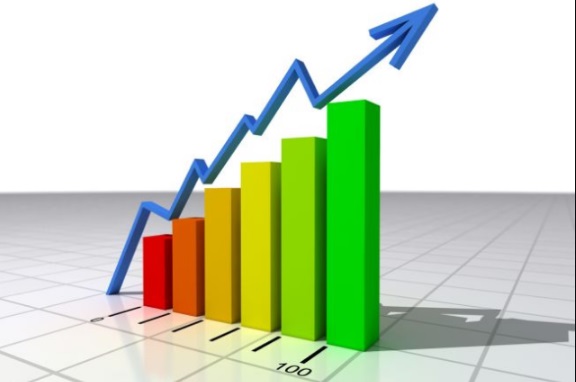
PM Modi’s Claims of High GDP Growth Debunked by Sluggish Consumption Data
Prime Minister Narendra Modi typically refrains from commenting on quarterly GDP data, indicating a recognition of the economy’s challenges, which could be considered the Achilles’ heel of the NDA’s decade-long governance. Constructing a positive narrative on the economy becomes challenging when long-term data or ground-level experiences fail to align with it.
However, he opted to attribute the unusually strong GDP growth of 8.4% in the third quarter of 2023-24 to his administration. This was swiftly followed by remarks from establishment economists suggesting that the economy is on the brink of an unprecedented surge.
Yet, the official storyline is riddled with numerous contradictions that undermine the assertions of a significant upturn. The most glaring contradiction, akin to the proverbial elephant in the room, is the lack of support for GDP growth data from private consumption growth.
Both economists and industry representatives widely agree that private consumption growth remains exceedingly subdued, standing at a mere 3% for the fiscal year 2023-24.
There exists a noticeable disparity between GDP growth and private consumption.
In the fiscal year 2023-24, while GDP growth is officially forecasted at 7.6%, consumption growth hovers around a modest 3%.
Renowned economist and former Chief Statistician of India, Pronab Sen, explained to me that typically, consumption growth figures closely align with the GDP growth rate. According to him, if the GDP growth rate is X percent, then consumption growth is expected to be at most 0.5 to 1 percentage point lower than X.
This implies that if the GDP growth rate is 8.4% for the third quarter of 2023-24, then consumption growth should be at least 7.4%. However, official data indicates that trend consumption growth is only around 3%. This significant contradiction remains unexplained. Experts assert that the private sector will refrain from investing in new capacity if consumption growth remains sluggish. Rather than focusing solely on headline GDP growth figures, the industry pays closer attention to consumption demand when considering new investments. It’s no surprise that major Indian consumer companies like Hindustan Unilever and Bajaj Auto have expressed concerns about the lack of substantial growth in consumption demand. Recently, the CEO of retail company Shoppers Stop informed CNBC that sales have remained stagnant in recent months.
Economists have attempted to analyze why the consumption growth rate lags behind GDP growth, with their assessment suggesting that GDP growth may be overstated.
Recently, the highly publicized NSSO survey on private consumption expenditure also reveals a remarkably dismal growth rate of 3% over an 11-year period. Throughout this duration, GDP growth has averaged around 6%. Once again, a significant disparity exists between GDP growth and consumption growth.
Economists such as Arun Kumar, Arvind Subramanian, Santosh Mehrotra, and Ashoka Mody have collectively contended that India’s GDP growth or national income growth, as calculated from output data, does not align with consumption expenditure whatsoever. They argue that GDP is evidently overestimated. In simple terms, increased income growth should be accompanied by higher consumption or savings. It is inconceivable that incomes are increasing while both consumption and household savings remain stagnant. This logic is flawed.
According to Pronab Sen, this scenario may have worsened after Covid-19, as we witnessed a K-shaped recovery, where the organized sector thrived while the unorganized small and medium enterprises struggled. India’s output data system extends the organized sector’s data to represent the vast unorganized sector as well. Typically, both sectors should grow simultaneously. However, following demonetization and particularly after Covid-19, there could be a significant disparity in output growth between the organized and unorganized sectors. The consensus view among equity researchers in Mumbai also acknowledges this K-shaped recovery, with only the government seemingly denying it.
The official data on wages for both regular and casual workers from 2017-18 to 2022-23 also corroborates the evidence of low and insufficient consumption growth, indicating a decline in real terms.
There are numerous indicators highlighting the significant disparity between consumption growth and income/GDP growth. Pronab Sen expresses concern over the persistently low trend in private consumption growth, which is deeply concerning.
Hence, it might be premature to rejoice in a substantial economic turnaround, even if Modi feels inclined to do so during his election campaign.


